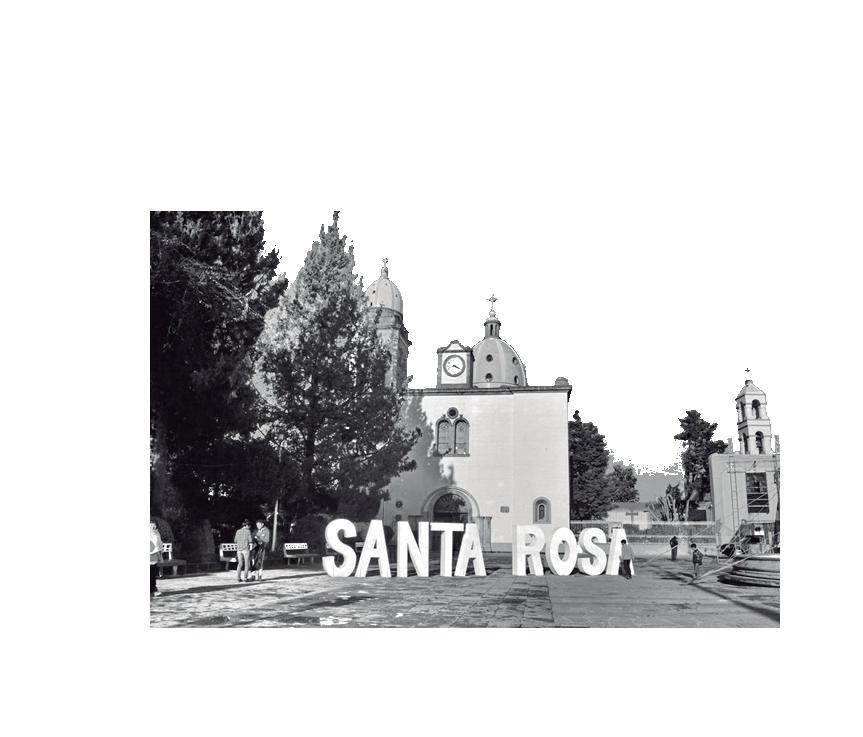
2 minute read
History
1521
Pope Leo X authorized the Franciscans to preach in the Americas.
Advertisement
1531
The foundation of the Spanish city of Santiago de Querétaro is pegged to July 25th, when Spaniard Hernán Pérez Bocanegra y Córdoba arrived with his ally and Otomi leader Conín.
1641
Stronger territorial units appeared, with more precise land rights, under the term HACIENDA , which generally designated a rural property, whether agricultural, livestock or mining.
1743
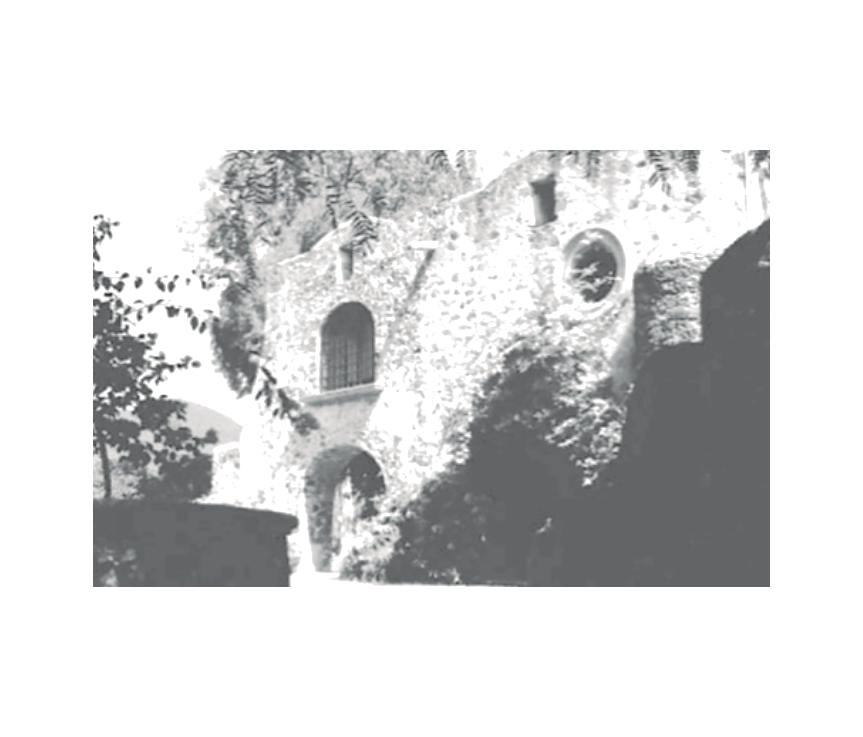
Fall of Tenochtitlan.
There were 58 haciendas, including: Juriquilla, San José de Buenavista, Santa Rosa, Puerto de Pinto, Santa Catarina, Pie de Gallo and San Miguelito, located in the current territory of the Municipal Delegation of Santa Rosa Jáuregui.
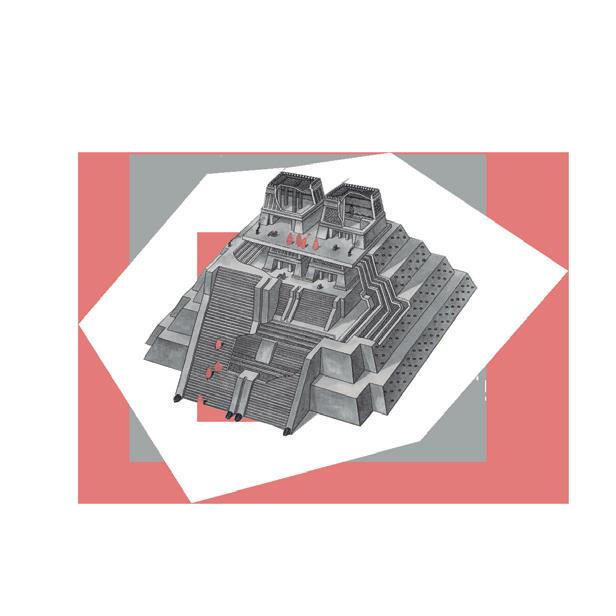
Querétaro was "very fertile, fresh and vicious of grapes, pomegranates and figs, apart from many other fruits from Castilla". This neighborhood had grown, they were dedicated to raising major and minor cattle, as well as the cultivation of wheat.

1586
On April 29, it was determined that parish aids would be erected in the city and its district, dependent on the parish o f Querétaro.
1712
The town’s foundation took place on March 13, 1753 with the purchase of land by the Franciscans for the establishment of the Auxiliary Parish of Santa Rosa.

1753
"Foundation Act": document in which the land of Timoteo Fernández de Jáuregui is donated in favor of the Santa Rosa City Council, raising the plan ing. Mariano Reyes, who leaves the streets and squares delimited.
1914
The peons of the haciendas of Jofre, Buenavista, Santa Catarina and Montenegro, located in the municipality of Santa Rosa, "accompanied by music and in perfect order" came to the once quiet and peaceful city to request an increase in wages, decrease in tasks and the price of corn, apart from employee rotation.
1917

Without question, one of the most important achievements of the Querétaro Congress was Article 27, which can be considered the culmination of centuries of struggles to resolve the problem of land and the poverty of rural people.
1918
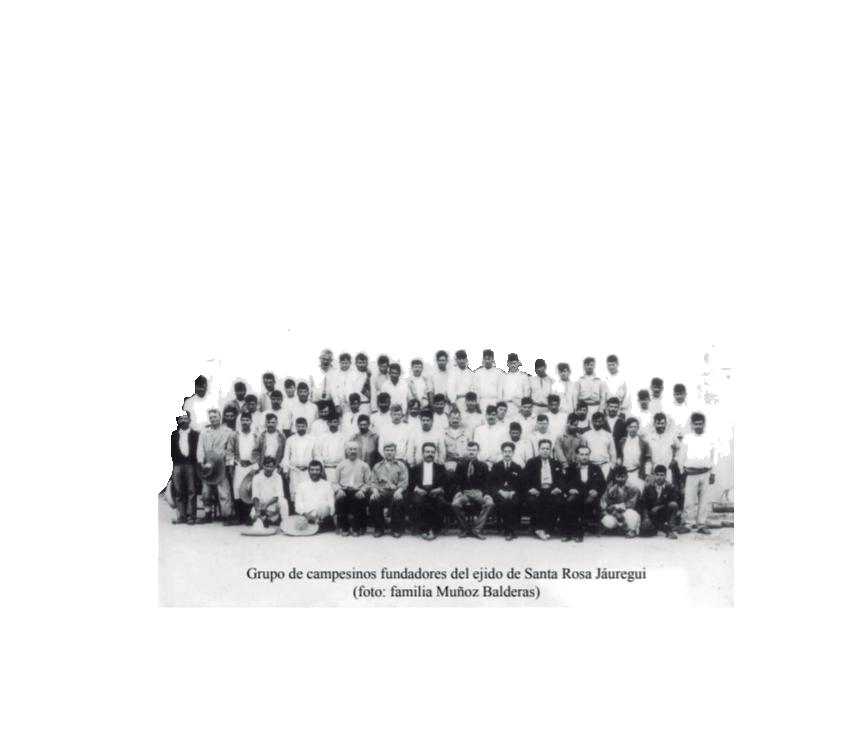
The surname Jáuregui is placed on the name of Santa Rosa. Querétaro is politically divided into 18 municipalities and Santa Rosa becomes part of the municipality of Querétaro.
1914
Mexican Revolution.
The endowment of the ejido to the town of Santa Rosa on February 14, 1918, through the resolution issued by President Carranza.
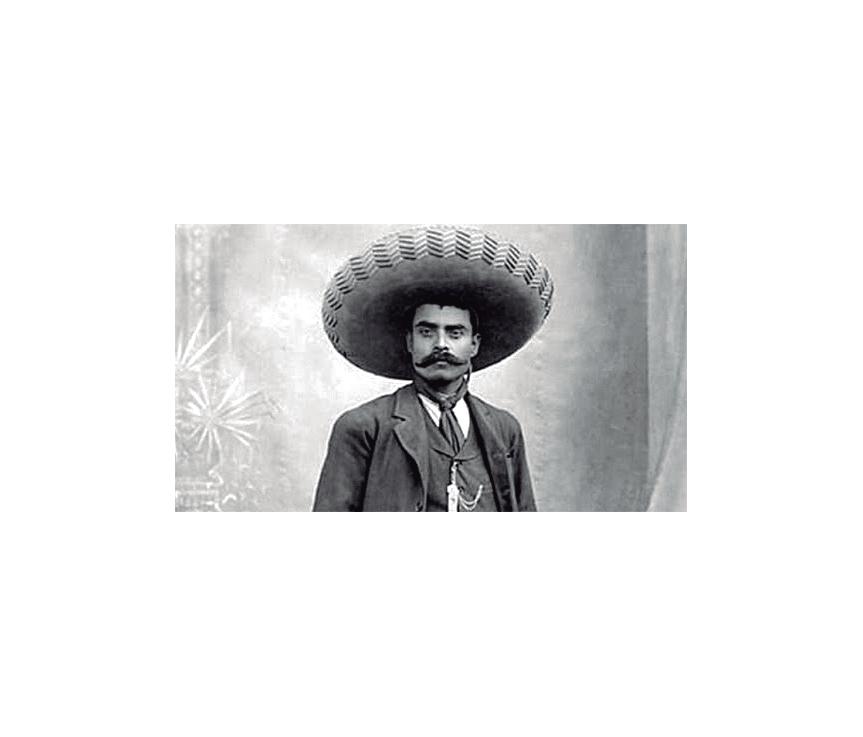
1910
Carranza set out to gather a Constituent Congress. He considered that the seat should be the city of Querétaro, so it was declared the provisional capital of the Republic indefinitely, until the sessions ended.
1916
It is given the character of political delegation with the name of Santa Rosa Jáuregui.
